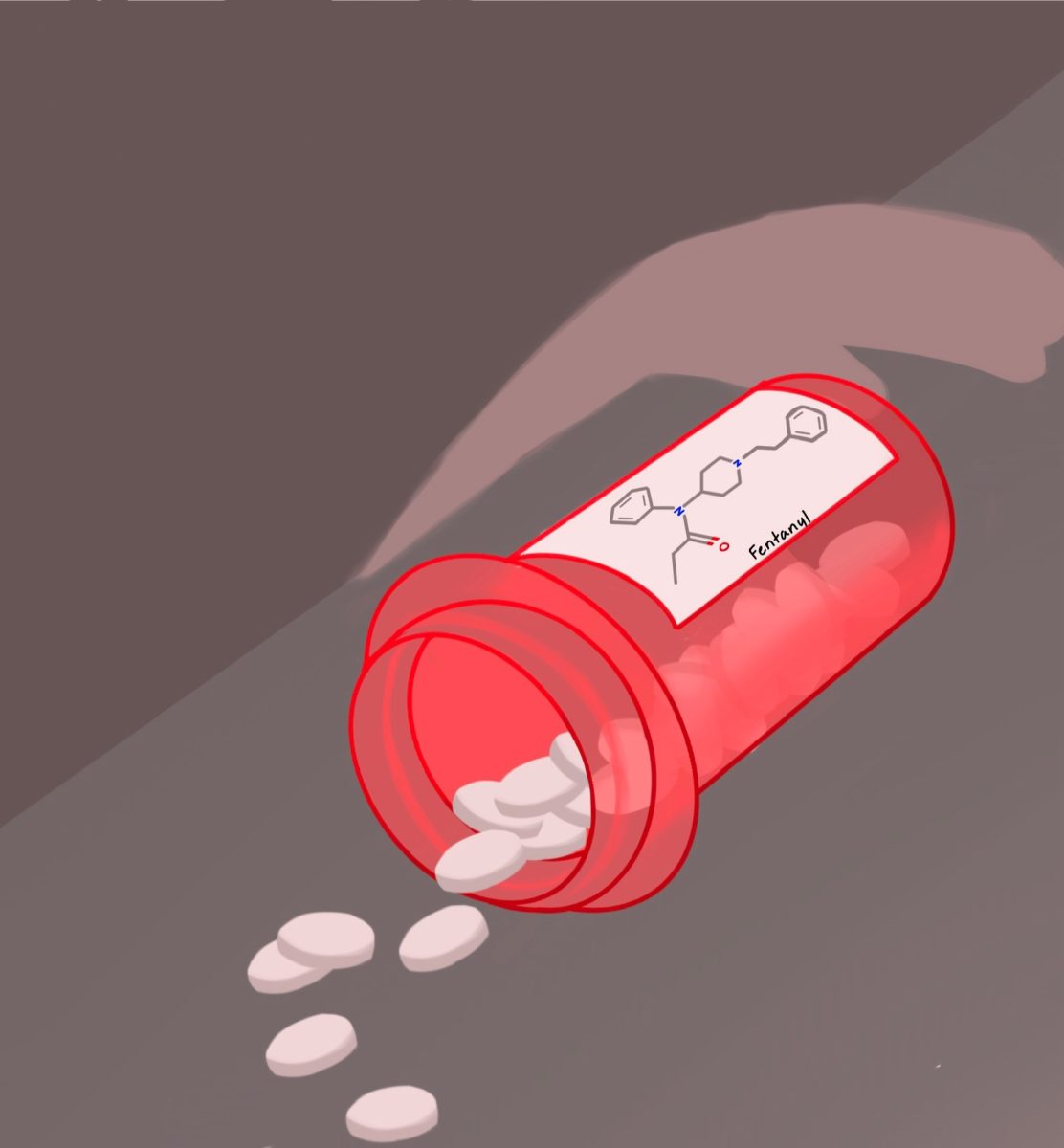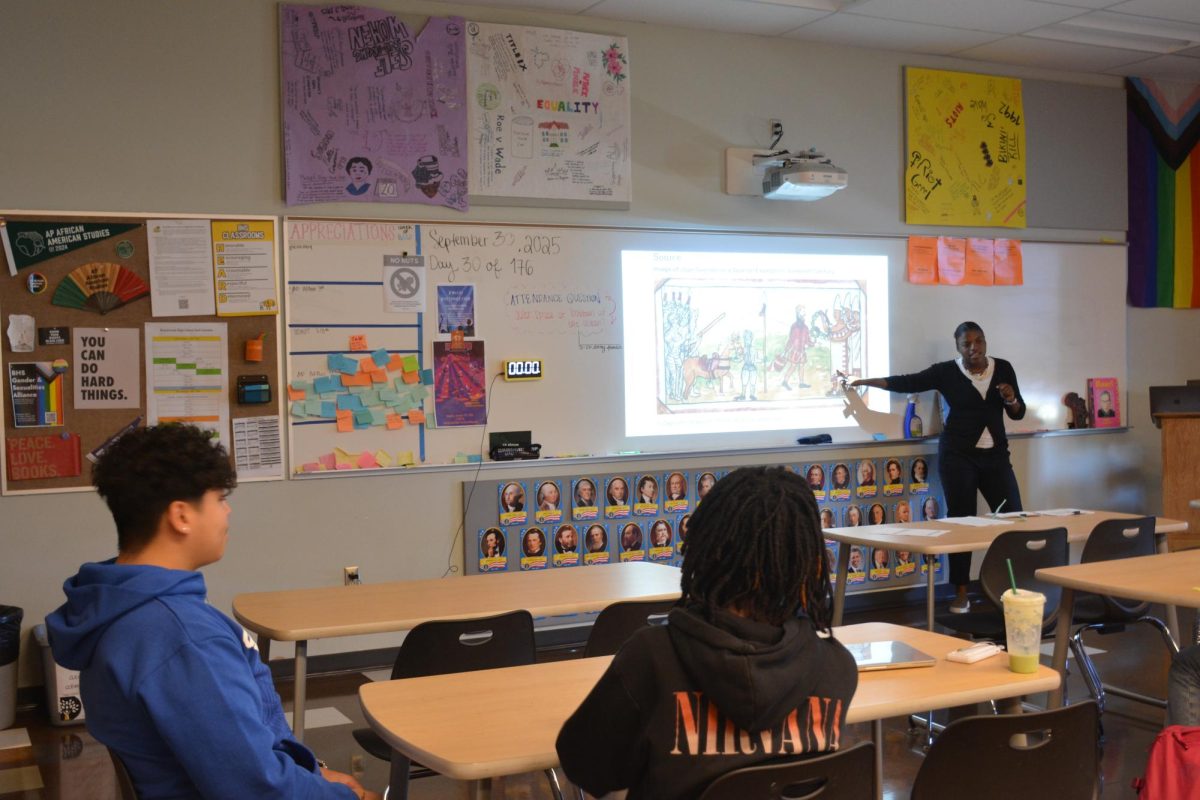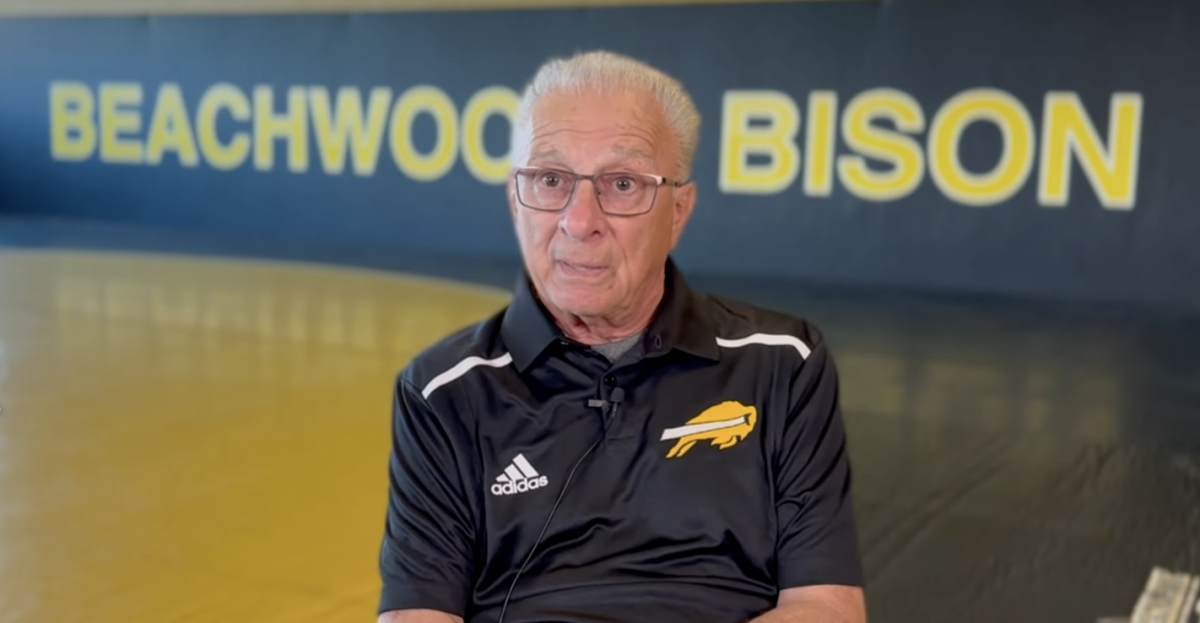While some sports have seen a decrease in serious injuries this year, football and soccer have seen increased numbers.
The football team experienced twenty-five total injuries, twelve of which were serious, such as concussions and torn tendons (ACL and MCL), causing players to miss games. The girls’ soccer team saw fourteen total injuries, ten of which were serious, leading to missed playing time. Soccer players also suffered three concussions this season.
Athletic Director Ryan Peters suggested that the increase in injuries may be partly a matter of perception, because there have been more prominent injuries than in previous years.
Peters said, “I really didn’t see an increase in sports injuries during the fall season, in fact in a few sports… there was a decrease in injuries.”
Beachwood athletic trainer Brian Warner said, “there do seem to be more kids coming to my office every day, looking for help with some injury or another.”
BHS nurse and assistant girls’ soccer coach Kelly Debeljak confirmed that she saw an increase in injuries among the girls she coached.
One of the biggest concerns this year has been concussions. Trainer Brian Warner defined a concussion: “It is a trauma to the brain resulting in altered mental capacity, headaches, trouble concentrating, memory loss and awareness loss.”
The Providence Journal (Rhode Island) quoted a study from the Center for Injury Research & Policy at the Research Institute at Nationwide Children’s Hospital in Columbus, Ohio. It was found that during the time between 2005 and 2010, “The number of concussions suffered by athletes increased 44.8 percent during that four-year period to about 190,385, from about 131,419.”
Warner explained that the increase in concussions might be due to increased reporting. “Kids are more willing to say they have an injury because they are more aware of the risks involved in not reporting the injury.”
Warner explained that another cause of injuries is the increase in the number of “specialist kids” who focus on a single sport. “Overplaying of a sport can lead to injury from so much repetition that the body eventually just tires itself out.”
Nurse Debeljak gave a few examples of concussion symptoms: “headache, blurred vision, nausea and vomiting, confusion, and fatigue.”
Debeljak identified another cause of injury on the girls’ soccer team: “Our team was so young and playing against older, stronger and more experienced teams, which was extremely challenging.” She continued, “Our roster was small and we didn’t have many subs to use in game situations. This resulted in some players playing 90 minutes a game, which can put a lot of stress on one’s body.”
“[I see a] slowing in reaction time in some players that have previously experienced concussions,” Debeljak said. “[This] leaves them at a greater risk of more severe injuries.”
Athletic Director Peters said that some soccer injuries were caused by lack of preparation. “Some of the girls didn’t do what they needed to do to get ready for the season,” he said. “An off season workout plan was given to every member of the team, many chose to follow it and a few chose not to.” He compared this to “not doing your summer reading and coming to school unprepared.”
Emily Danzig, a senior on the girls’ soccer team, agreed with Peters’ assessment. She felt that the failure to build enough muscle strength in the preseason was probably one of the reasons for the injuries.
Senior lineman Max Schoen identified a lack of weight training in the off-season and improper diet as contributing to football injuries.
As sports injuries become more of a concern in Beachwood and in high schools around the country, it is important that Beachwood players learn to prevent them.
Warner suggested that some ways to prevent sports-related concussions are for coaches whose sports require a helmet to make sure helmets are properly fitted. He also suggested that wearing mouth guards can help. Warner also explained that accidental concussions in some sports are hard to prevent. He warned athletes who have been hit in the head and feel any dizziness or lightheadedness to report it immediately to a coach to try and prevent any serious injury.
Debeljak described girls’ soccer injuries: “Some were unlucky, and some were unavoidable because they are just part of the game.”
“Players need to know their own bodies and their limitations after injury. They also need to consult the trainer after experiencing an injury to find the best way to rehab,” she said.
Danzig said, “The new strength and conditioning coach John Sironis is a great resource for the younger players.”
“[Players and coaches should be] more proactive in stretching, warm-ups and cool downs at the end of practice,” said Peters. He is also not opposed to coaches working players harder in practice so they can be better prepared for competition.
Having two daughters of her own who played sports, Debeljak knows how frustrating it can be for injured players who want to get back on the field. She counsels patience: “They need to know their own bodies, and don’t overexert themselves before they are ready,” she said. “When dealing with a concussion it is important to stay inactive until medically cleared to begin practicing.”















